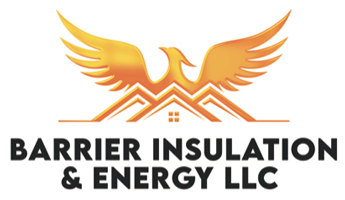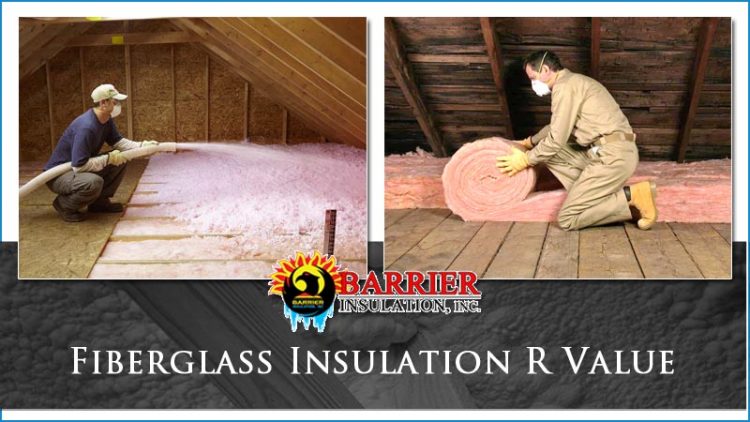Fiberglass Insulation R Value
If you’re searching for “Fiberglass Insulation R Value” you’re probably like many homeowners who want to know they’re making the best decision in which type of insulation to install in their home. Whether you’re building new or replacing old insulation knowing the R Value or performance of each insulation type helps ensure you’re spending your money smart.
R Values For Fiberglass Insulations
Fiberglass insulation comes in two forms, batts and loose fill. Batts are typically sold in rolls of paperbacked fiberglass insulation which are stapled up to hang between attic rafters or wall studs. Loose fill fiberglass insulation is installed via a blowing machine and is either installed on the attic floor or inside a netting system that holds it in between roof rafters or wall studs.
Loose Fill Fiberglass Insulation R Value
Depending on the product and brand you are considering the exact R Value will vary for loose fill fiberglass insulation. The R Value also depends upon an adequate layer of insulation being laid on the attic floor or installed in the voids of your roof and walls. R Values for loose fill fiberglass insulation vary between 2.2 and 2.9 [1]
The biggest key to this type of insulation is installing an even layer which is thick enough to do the job. Many times it takes a professional with experience to create the correct depth and even layer necessary to insulate a home. Fiberglass batts do have a significantly higher R Value performance in comparison to loose fill fiberglass insulation.
Rolled Batt Fiberglass Insulation R Value
Depending on the brand and product you buy the insulation R Values for fiberglass rolled batt will vary. With that said the range of R Values for fiberglass rolled batt insulation are typically between 2.9 and 3.8 per inch [2].
Rolled batt fiberglass insulation is the traditional insulation type that most people think of when you mention insulation. It is installed by using heavy duty staple guns to secure the paper backing to the edges of studs and rafters. It is well suited to wide open regular spaces but struggles to insulate in odd shaped tight corners and odd areas. While it is still widely used, there are higher performance insulation alternatives such as spray foam insulation.
Fiberglass Insulation R Value Comparison
While fiberglass insulation is a great option for a lot of homes and businesses there are higher performance insulation products available. As we know from above fiberglass insulation R Values land approximately between 2.2 and 3.8 per inch. Spray foam insulation products vary depending on chemical make up yet range from 3.6 to 8.0 [3].
Clearly spray foam can offer dramatically higher R Values when compared to fiberglass insulation. In addition spray foam insulation is the only option which seals cracks and gaps in your property’s construction. This characteristic of spray foam is a secondary yet critical difference and benefit. When spray foam expands into these gaps and cracks it seals air leaks. There is no other type of insulation that provides air leak sealing.
Phoenix Valley Insulation Installation
No matter what type of insulation you choose for your home or business Barrier Insulation is here to help! Our professional team of insulation contracts will help you install the best insulation solution for your home, office, or commercial location. For more information about how we can help you insulate to stay comfortable and keep your utility costs down please call 602-499-2922.
- “Insulation R-Value.” Today’s Homeowner, www.todayshomeowner.com/insulation-r-value/.

